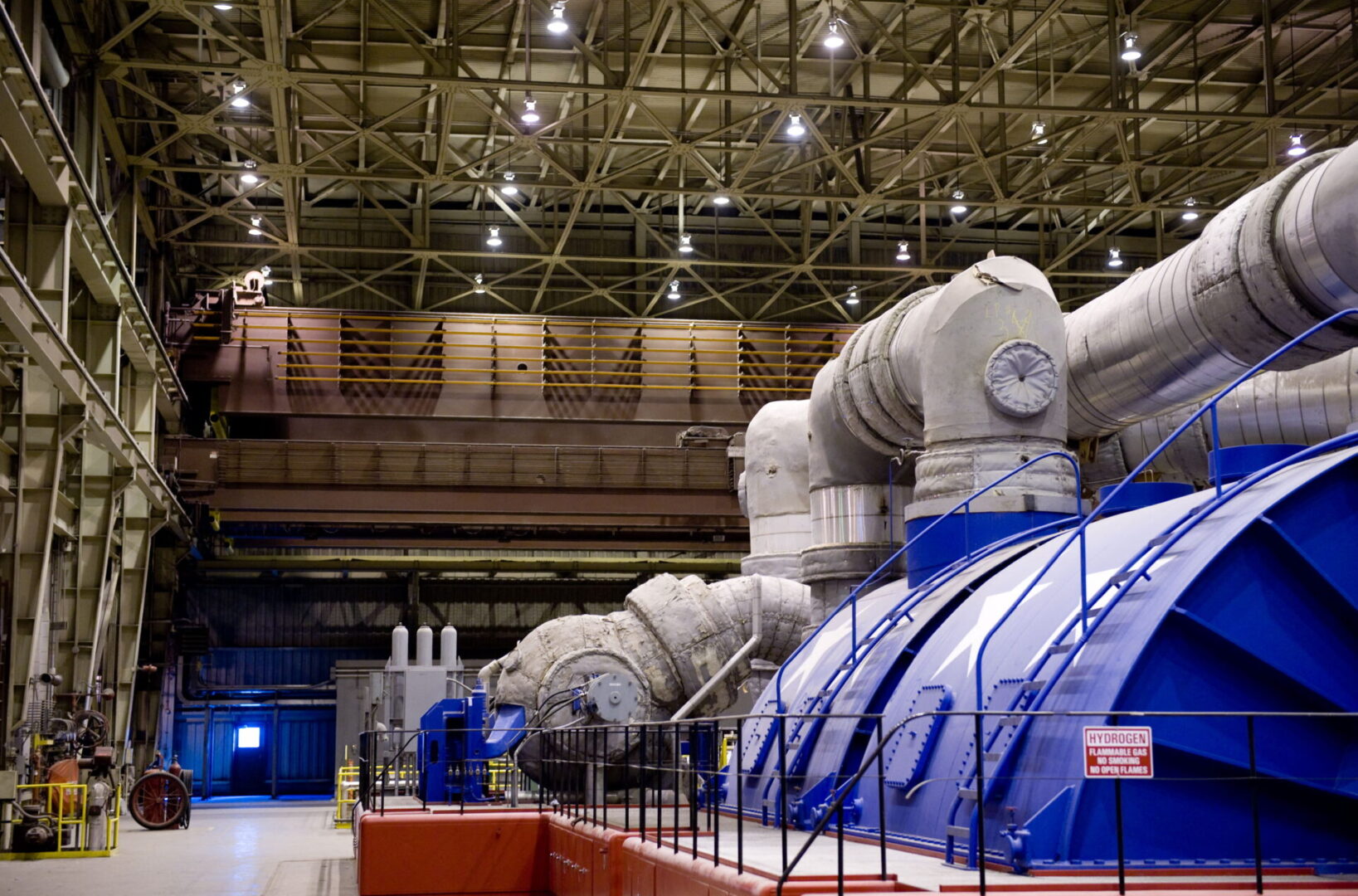The role of universities and research institutions in advancing CCUS technology
The importance of CCUS technology
As the world continues to grapple with climate change, there is a growing need for technology that can help reduce greenhouse gas emissions. Carbon capture, utilization, and storage (CCUS) is one such technology that has the potential to play a key role in this effort. CCUS can capture carbon dioxide (CO2) emissions from industrial processes and store them underground, reducing their impact on the environment. In this article, we will explore the role that universities and research institutions play in advancing CCUS technology.
Understanding CCUS: Carbon capture, utilization, and storage
Carbon capture, utilization, and storage (CCUS) is a technology that captures CO2 emissions from power plants, industrial processes, and other sources, and stores them underground. CCUS has three main components: carbon capture, carbon utilization, and carbon storage. Carbon capture involves capturing CO2 from industrial processes before it enters the atmosphere. Carbon utilization involves using the captured CO2 for commercial purposes, such as in the production of chemicals or fuels. Finally, carbon storage involves storing the captured CO2 underground, where it cannot contribute to climate change.
The role of universities in CCUS research and development
Universities play a crucial role in CCUS research and development. They are responsible for conducting cutting-edge research in areas such as CO2 capture, utilization, and storage. Universities also train the next generation of scientists and engineers who will work on CCUS projects in the future. In addition, universities collaborate with industry partners to develop new CCUS technologies and solutions.
Research institutions advancing CCUS technology
Research institutions play an important role in advancing CCUS technology. They are responsible for developing new materials and technologies that can capture, utilize, and store CO2 more efficiently. Research institutions also work on improving the safety and reliability of CCUS systems. Finally, they conduct field tests and demonstrations to validate the performance of CCUS technologies in real-world settings.
Collaborating for success: Partnerships in CCUS innovation
Collaboration is key to the success of CCUS innovation. Universities, research institutions, industry partners, and government agencies must work together to develop and deploy CCUS technologies. Partnerships between these stakeholders can help drive innovation, reduce costs, and accelerate the deployment of CCUS systems. Collaboration can also help ensure that CCUS solutions are scalable, sustainable, and cost-effective.
Advancements in CCUS technology: Current and future projects
There are several current and future projects that are advancing CCUS technology. For example, the Petra Nova project in Texas is capturing CO2 emissions from a coal-fired power plant and storing them underground. The project is the largest of its kind in the world and has the potential to capture millions of tons of CO2 each year. Another example is the CarbFix project in Iceland, which is using CO2 to mineralize basalt rock, effectively storing it underground for thousands of years. These and other CCUS projects hold great promise for reducing greenhouse gas emissions and mitigating climate change.
CCUS and the future of sustainable energy
CCUS technology has the potential to play a critical role in the future of sustainable energy. By capturing, utilizing, and storing CO2 emissions, CCUS can help reduce the environmental impact of industrial processes and power generation. CCUS can also help countries meet their emissions reduction targets and transition to a more sustainable energy future. As such, CCUS is a key technology that must be developed and deployed on a large scale.
The impact of universities and research institutions on CCUS
In conclusion, universities and research institutions play a vital role in advancing CCUS technology. Their research and development efforts are helping to improve the efficiency and effectiveness of CCUS systems, and their collaborations with industry and government partners are helping to drive innovation and accelerate the deployment of CCUS systems. With continued investment and collaboration, CCUS technology has the potential to play a critical role in mitigating climate change and securing a more sustainable energy future.










